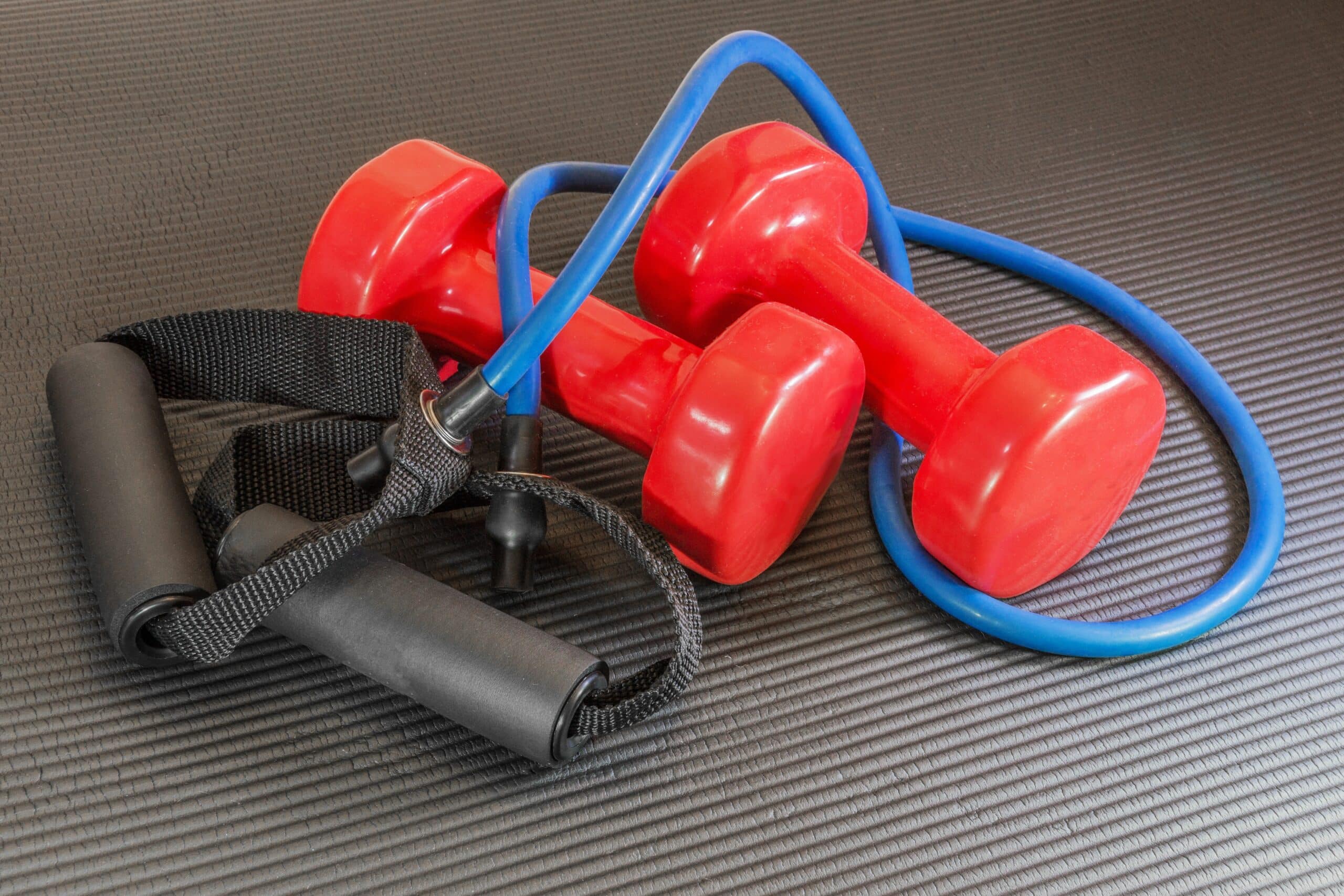The findings are independent of aerobic exercise. But the analysis points to a J-shaped curve for most outcomes, with no conclusive evidence that more than an hour a week of muscle-strengthening activity reduces the risk further still.
Physical activity guidelines recommend regular muscle-strengthening activities for adults, primarily because of the known benefits for skeletal muscle health. Examples of these activities include lifting weights; working with resistance bands; push-ups, sit-ups, and squats; and heavy gardening, such as digging and shoveling.
Previous research indicates that muscle-strengthening activity is associated with a lower risk of death, but it’s not known what the optimal ‘dose’ might be.
To try and find out, the researchers scoured research databases for relevant prospective observational studies that included adults without major health issues who had been monitored for at least 2 years.
The final analysis included 16 studies out of an initial cache of 29. The earliest study was published in 2012, and most studies were carried out in the USA, with the rest from England, Scotland, Australia, and Japan. The maximum monitoring period lasted 25 years.
Study participant numbers varied from nearly 4000 to almost 480,000 and ranged in age from 18 to 97. Twelve studies included both men and women; two included men only while three included women only. All the studies considered aerobic or other types of physical activity as well as muscle-strengthening activities.
The pooled data analysis showed that muscle-strengthening activities were associated with a 10–17% lower risk of death from any cause, as well as death from heart disease and stroke, cancer, diabetes, and lung cancer.
No association was found between muscle strengthening and a reduced risk of specific types of cancer, including those of the bowel, kidney, bladder, or pancreas.
A J-shaped curve emerged, with a maximum risk reduction of between 10–20% at approximately 30–60 minutes/week of muscle-strengthening activities for death from any cause, cardiovascular disease, and all cancer.
An L-shaped association was observed for diabetes, with a large risk reduction up to 60 minutes/week of muscle-strengthening activities, after which there was a gradual tapering off.
Joint analysis of muscle strengthening and aerobic activities showed that the reduction in risk of death from any cause, cardiovascular disease, and cancer was even greater when these two types of activities were combined: 40%, 46%, and 28% lower, respectively.
The researchers acknowledge certain limitations to their findings, the main one of which was that data from only a few studies were pooled for each of the outcomes studied. The included studies also relied on subjective assessment of muscle-strengthening activities.
Because most of the studies were carried out in the US, the results might not be more widely applicable, caution the researchers, who add that the included studies were all observational rather than clinical trials.
Given the J-shaped associations, the potential of a higher volume of muscle-strengthening activities on the reduction in risk of death is unclear, they write.
But they conclude: “The combination of muscle strengthening and aerobic activities may provide a greater benefit for reducing all-cause, [cardiovascular disease], and total cancer mortality.
“Given that the available data are limited, further studies—such as studies focusing on a more diverse population—are needed to increase the certainty of the evidence.”
Study Conclusion: “Muscle-strengthening activities were inversely associated with the risk of all-cause mortality and major non-communicable diseases including CVD, total cancer, diabetes, and lung cancer; however, the influence of a higher volume of muscle-strengthening activities on all-cause mortality, CVD and total cancer is unclear when considering the observed J-shaped associations.”




